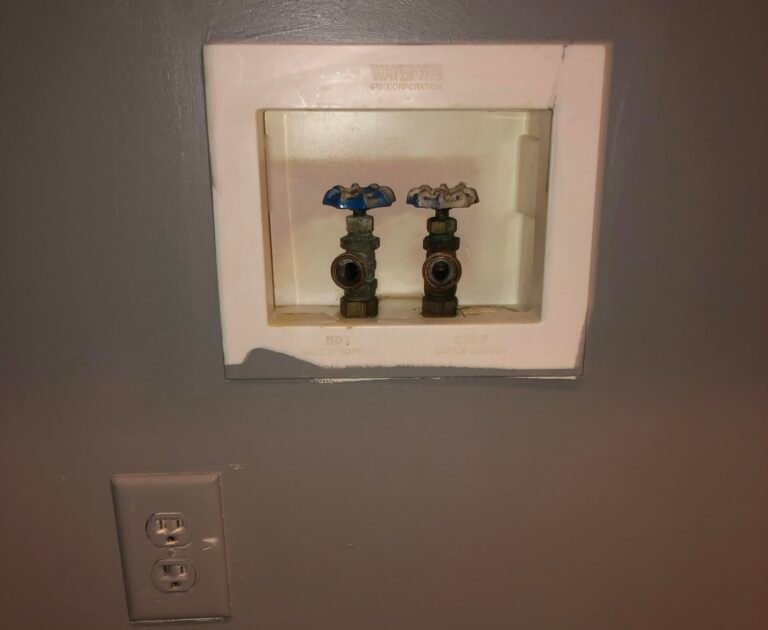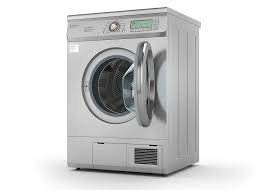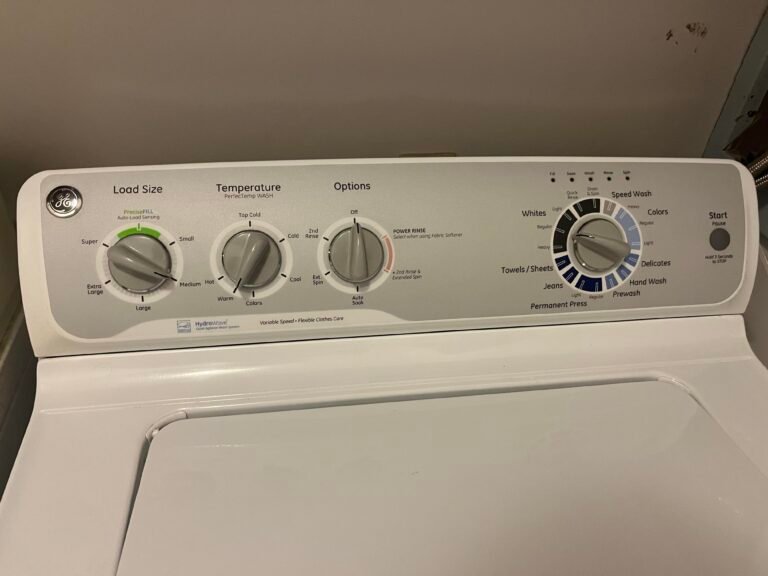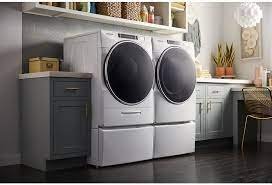Are Gas Dryers Dangerous? Exploring the Risks and Prevention
Gas dryers have become a common household appliance, offering a convenient and efficient way to dry your clothes. However, with their widespread use, questions about their safety have arisen. This article delves into the world of gas dryers, their operation, popularity, and most importantly, the potential dangers associated with them. We will also explore the measures you can take to mitigate these risks and ensure the safe use of gas dryers.
What are Gas Dryers?
Gas dryers are appliances designed to dry laundry quickly and efficiently. Unlike their electric counterparts, they utilize natural gas or propane as a heat source. The combustion of these gases generates the heat needed to dry clothes, making them an energy-efficient choice.
How do they Work?
Gas dryers operate by igniting natural gas or propane to produce heat. This heat is then transferred to the air within the dryer drum, which circulates and evaporates moisture from the wet clothes. The hot, moist air is vented outside, leaving your laundry dry. For more detais you can read how does a gas dryer work guide post.
How Popular are Gas Dryers?
Gas dryers are widely used in many households due to their efficiency and lower operating costs. They are especially prevalent in regions where natural gas is readily available, such as the United States. According to the U.S. Energy Information Administration, in 2019, gas dryers accounted for approximately 60% of dryer sales in the country.
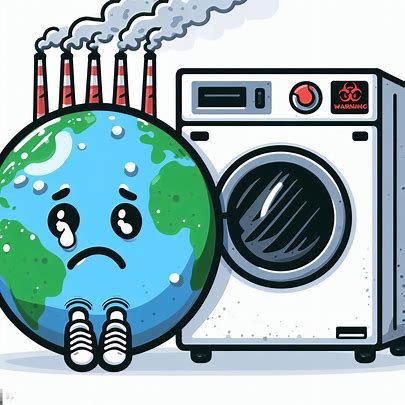
Are Gas Dryers Dangerous?
Yes, While gas dryers offer numerous benefits but they do come with certain risks that users should be aware of. Let’s explore these potential dangers in detail.
Risk of Carbon Monoxide Poisoning
One of the primary concerns associated with gas dryers is the risk of carbon monoxide poisoning. Gas dryers produce carbon monoxide, a colorless, odorless gas that can be deadly if inhaled in excessive amounts. This risk becomes particularly significant if a gas dryer is not properly installed, maintained, or used in a poorly ventilated area. We do recommend to read does electric dryers produce carbon monoxide guide.
Example: In 2019, a family in Florida experienced carbon monoxide poisoning due to a malfunctioning gas dryer. Fortunately, they had a carbon monoxide detector that alerted them to the danger, allowing them to seek medical help in time.
Risk of Fire
Another potential danger is the risk of fire. Gas dryers can become fire hazards, especially if they are not cleaned regularly or if they are overloaded. Lint buildup in the dryer vent is highly flammable, and if ignited, it can lead to a devastating fire. Inadequate ventilation can exacerbate this risk, as it allows the fire to spread to other parts of the house.
Risk Factors for Dryer Fires
| Risk Factor | Impact on Fire Risk |
|---|---|
| Irregular lint cleaning | Increases fire risk |
| Overloading the dryer | Increases fire risk |
| Poor ventilation | Increases fire risk |
Risk of Electric Shock
While gas dryers primarily rely on natural gas for heat, they still use electricity to power components like motors and controls. This introduces the risk of electric shock if the dryer is not properly grounded or if there are wiring issues.

Prevention
Now that we’ve examined the potential dangers of gas dryers, let’s explore the steps you can take to mitigate these risks and ensure the safe operation of your appliance.
Professional Installation and Maintenance
Having your gas dryer professionally installed and regularly maintained is crucial for safety. This ensures that the dryer is properly vented, gas connections are secure, and there are no gas leaks. A qualified technician can also inspect and clean the internal components of the dryer.
Regular Lint Trap Cleaning
Cleaning the lint trap before every use is a simple but effective preventive measure. This reduces the risk of lint buildup in the dryer vent, which can be a major fire hazard. Make it a routine to remove lint from the lint trap to maintain good airflow.
Avoid Overloading
Overloading your gas dryer can cause it to overheat, increasing the risk of fire. Follow the manufacturer’s guidelines for load capacity and avoid exceeding them. This not only safeguards against fires but also ensures the longevity of your appliance. Check how many btus is a gas dryer guide.
Proper Ventilation
Venting the gas dryer to the outside is essential. Never vent it into an attic or crawl space, as this can lead to an increased risk of fire and carbon monoxide buildup. Use rigid or semi-rigid metal ducts for venting to minimize the chance of lint clogs, also read about how to vent a dryer without a vent to outside guide.
Regular Inspections
Arrange for your gas dryer to be inspected by a qualified technician at least once a year. This proactive approach can identify potential issues early and ensure the safe operation of your appliance.
FAQ about Are Gas Dryers Dangerous
Are Gas Dryers More Dangerous than Electric Dryers?
No, gas dryers are not inherently more dangerous than electric dryers. Gas vs Electric Dryer Both types of dryers come with their own set of safety considerations, and the level of danger largely depends on factors such as proper installation, maintenance, and usage.
Are Gas Dryer Fumes Toxic?
No, The fumes produced by a properly functioning gas dryer are not toxic. However, gas dryers do emit carbon monoxide, which can be toxic in high concentrations. This is why proper ventilation and maintenance are essential to prevent the accumulation of carbon monoxide.
Do Gas Dryers Need to Be Vented?
Yes, gas dryers must be vented to the outside of the building. Venting allows the removal of hot air, moisture, and gases, including carbon monoxide, from the dryer. do gas dryers need to be vented Failure to vent a gas dryer properly can lead to safety hazards.
Are Gas Tumble Dryers Safe?
Yes, Gas tumble dryers can be safe when installed, maintained, and used correctly. Safety largely depends on the user’s diligence in adhering to safety guidelines, regular maintenance, and ensuring proper ventilation. Gas dryers, like any appliances, come with certain risks that can be mitigated through responsible handling.

Conclusion
Gas dryers can be a valuable addition to your household, but they come with potential risks that should not be overlooked. While the dangers of carbon monoxide poisoning, fires, and electric shock are real, taking preventive measures significantly reduces these risks.
If you own a gas dryer, it’s crucial to follow the manufacturer’s instructions carefully, have it professionally installed and maintained, and keep up with regular inspections. By staying vigilant and taking safety precautions, you can enjoy the benefits of a gas dryer without compromising your family’s well-being.
Additional Tips
Here are some additional safety tips for using gas dryers:
- Install a carbon monoxide detector in your home and test it regularly.
- Keep the area around your dryer clear of clutter and combustibles.
- Do not dry clothes that have been exposed to flammable substances, such as gasoline or paint thinner.
- Clean the dryer vent regularly. You can do this yourself or hire a professional.
By following these guidelines and staying informed, you can use your gas dryer safely and efficiently, ensuring peace of mind for you and your family


